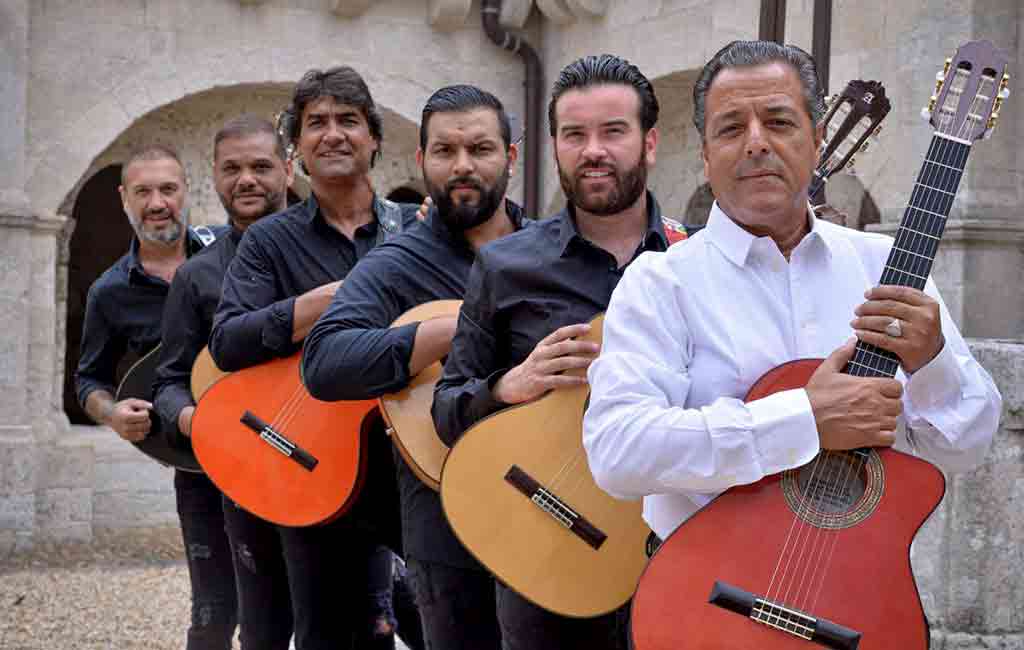The Gypsies are the main catalyst and dispersion cause of the flamenco culture through the middle ages. They started their continuous journey from the Punjab, Rajasthan, and Haryana (provinces in Northern India) in the 10th century, and being nomads, on their travel path – they left quite a significant cultural impact – wherever they went. Incredible detail is that on that journey – the Gypsies were better at the representation of the culture they adopted from the local population – than the local population themselves – almost wherever they went through…
The Gypsies started populating the Iberian peninsula while the Muslims or “Moors” from Northern Africa were on power (711 to 1492) in Southern Europe at the times… They were not welcome, especially because of their skin color, (the nobility was as white as possible, especially on the facial region and the torso, using sometimes even poisonous Mercury powder), so their repression has really early roots. Literally from the moment they came, their golden skin color was compared to the Southern “filth”, and therefore excluded from the cultural life of modern society. But after a few glasses of wine – they were the ones who were the rulers, you can imagine the world with no sound on every corner when the musical note sounded like magic. In that deaf-mute world, with not even a radio, let alone a whole the digital world of multimedia. Besides the fact that Romani people were on the margins of the society, (their art was valued after a few glasses of wine, only…) – THEY WERE THE ONES THAT WERE THE MAIN CARRIER FOR THE TRANSPASSING OF ALL GUITAR ANCIENT ART INTO THE MODERNITY. This is a full movie is about the Gypsys 1000 years journey to the west. The most western point they reached is Sevilla. While some of them “crossed the pond” ended up all the way to the U.S.A.

